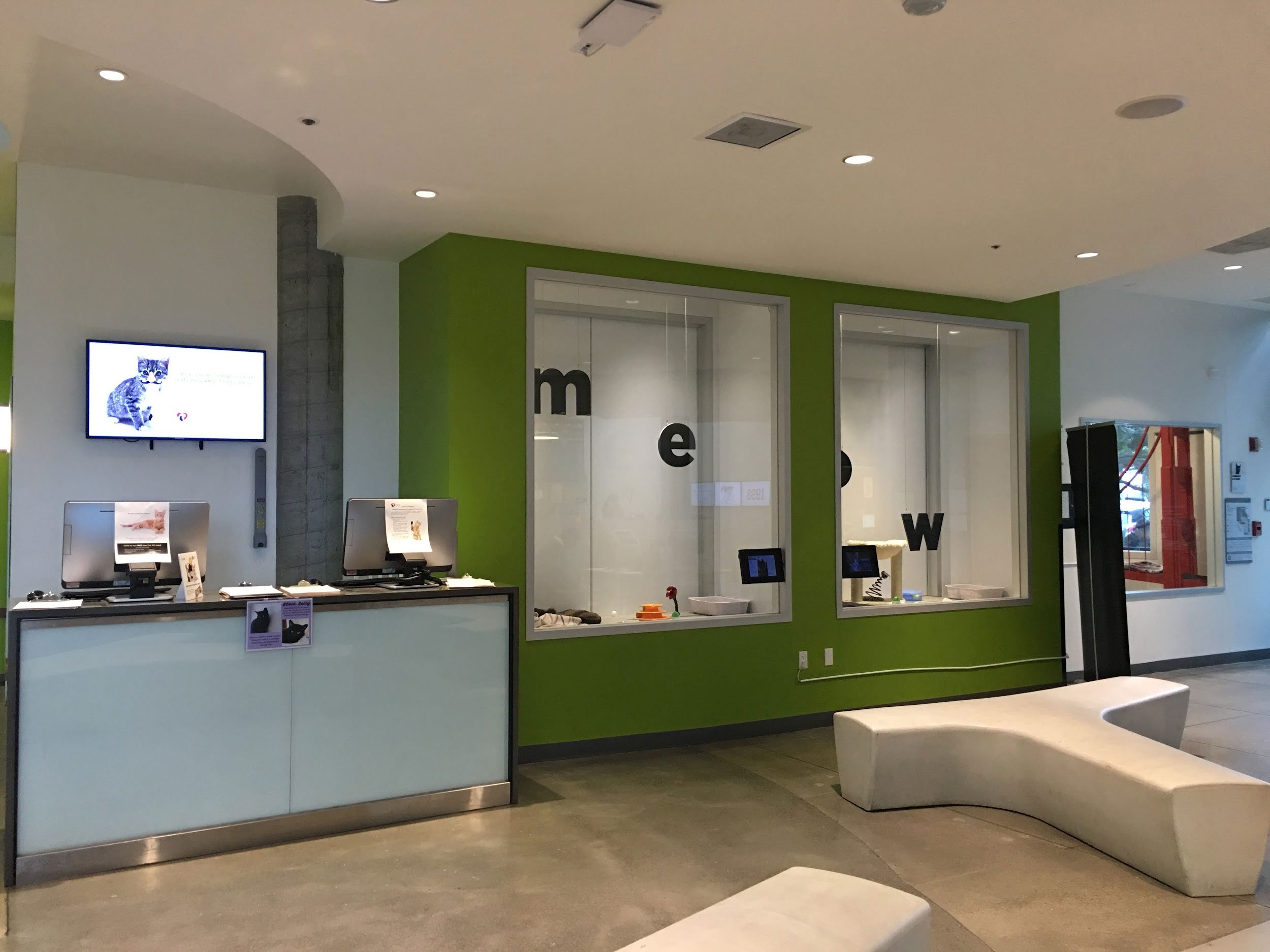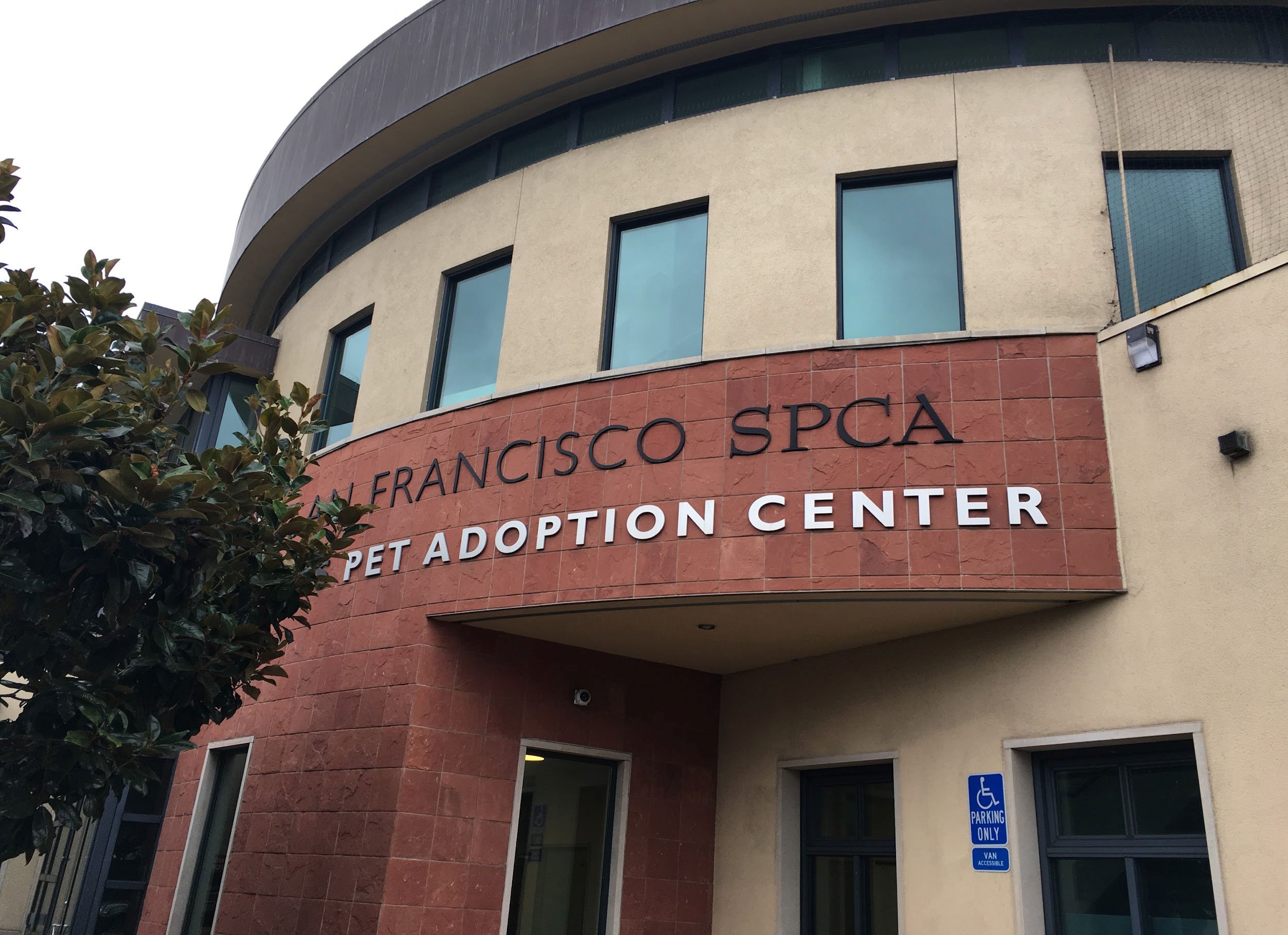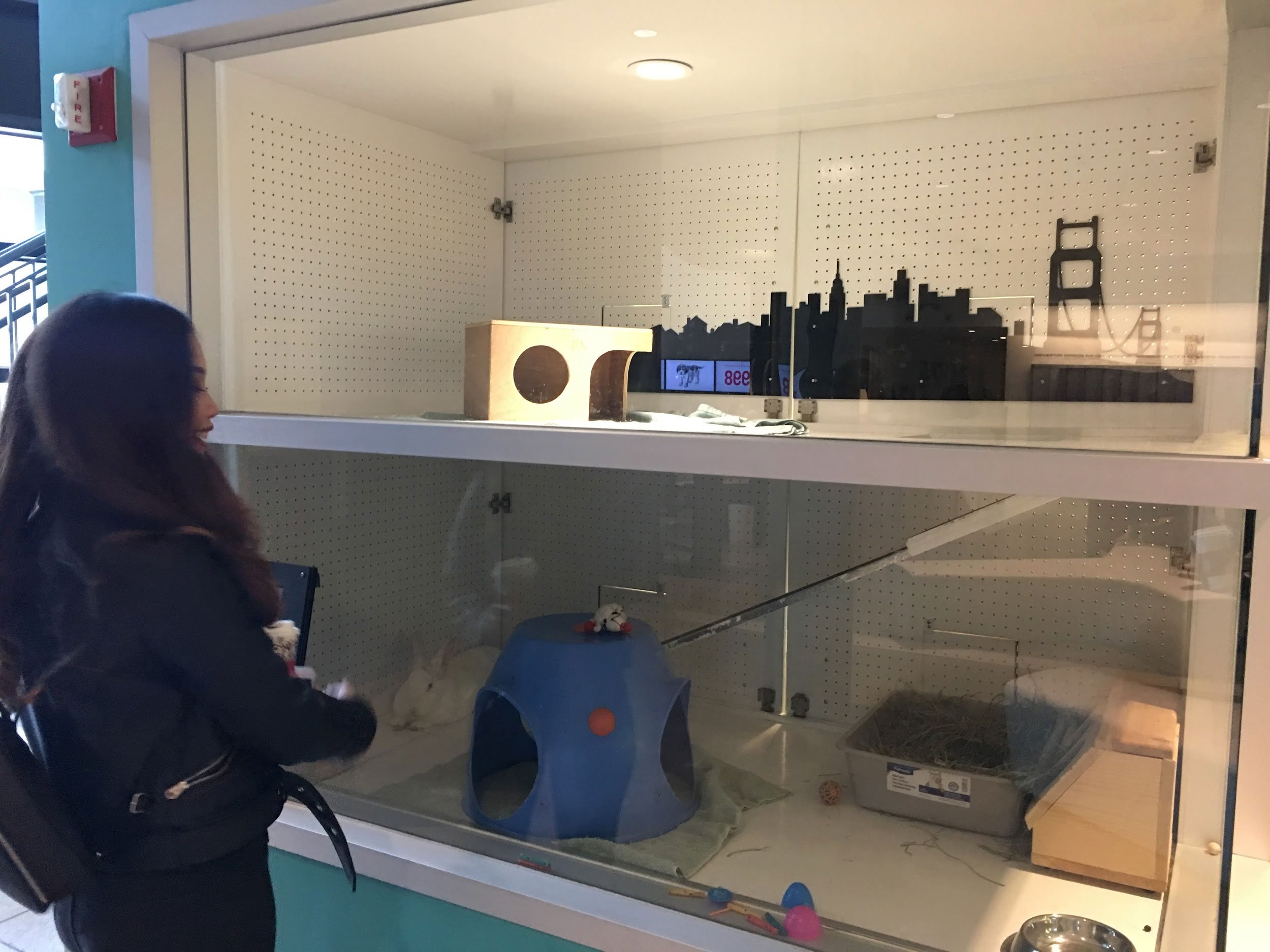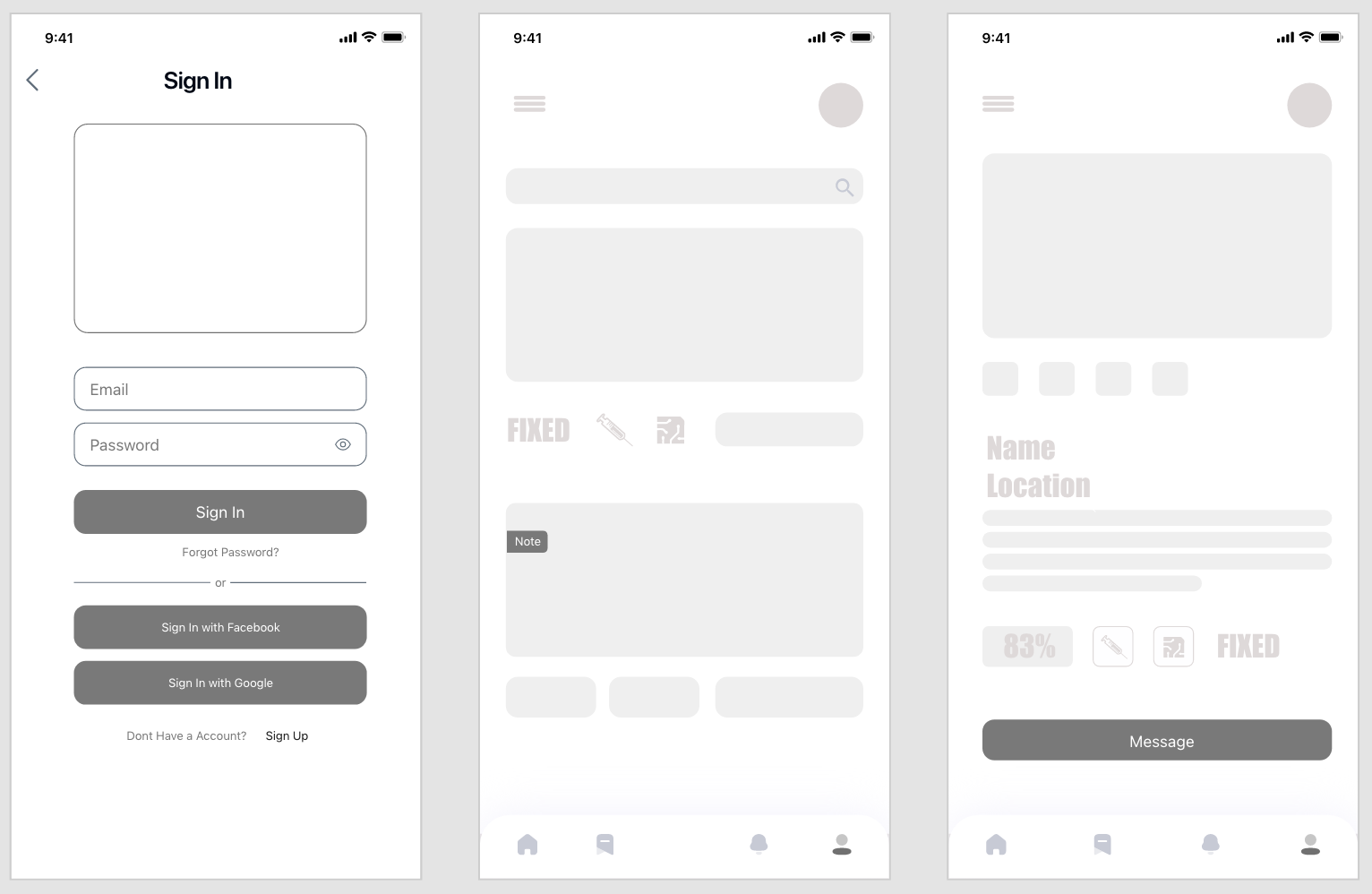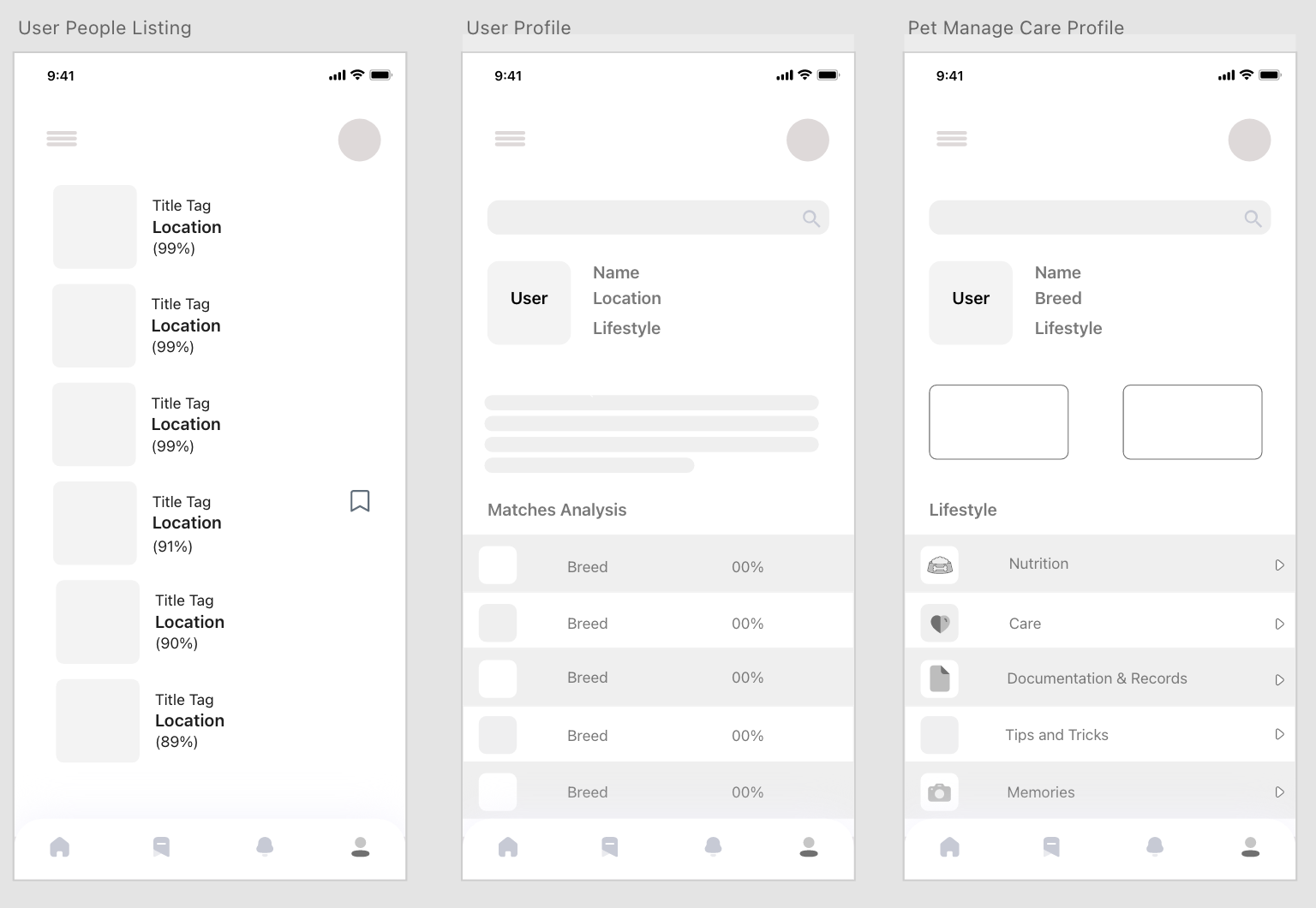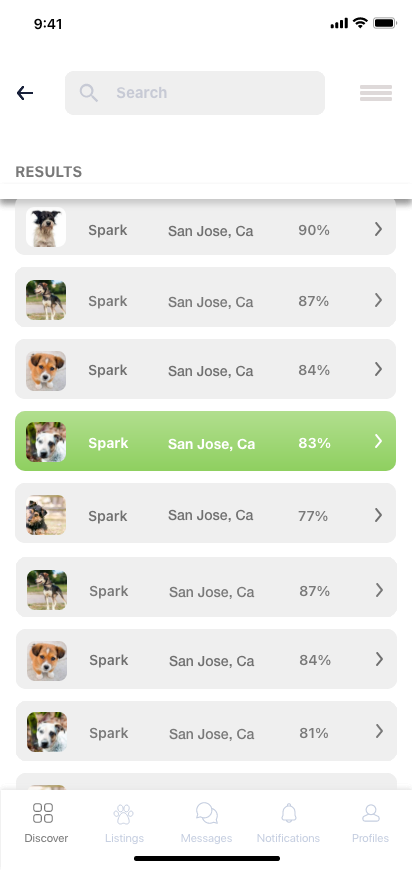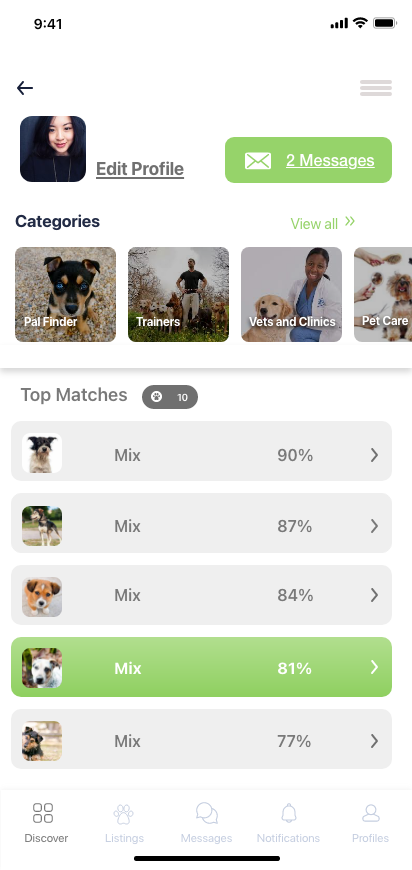Problem:
Matching people and pets with the ideal situation can be complex to navigate. When adopters decide to adopt, many aren’t experienced pet owners. They typically run into many different processes that can be overwhelming and often aren’t given adequate information concerning what’s needed to be a successful pet owner. The knowledge is available, but the process isn’t consistent nor is it streamlined. Our problem is to develop an online and mobile system that matches people and pets with the ideal lifestyle match while encouraging responsible pet ownership.
Research Goals:
Learn about who is the user who is adopting.
Learn about the user putting the pets up for adoption.
Learn about what users need for pet care.
Learn about what functions and processes make it easy for users.
Empathize
5W’s & H
What:
Pet adoption
Social responsibility
Awareness
Decrease euthanasia
Decrease bred dogs
Who
The adopter.
The people who want to find the right pet.
High-risk pets
Where:
Private owners
Web / mobile platform
Metropolis (1 million)
San Francisco, CA - 815,201
New York City, NY – 8,174,959
Los Angeles, CA – 3,792,657
Chicago, IL – 2,695,598
Houston, TX – 2,096,661
Philadelphia, PA – 1,526,006
When
When adopters decide they want to adopt
Once Adopters are screened
Why:
To help people who want to adopt the ideal pet
Placing the pet with the ideal family
Making the process easier and more accurate
Providing the right insight and education about pet ownership
How:
Receive their information/fill out the form
Web / Mobile platform
Large city targeting
Profile Matching
Features similar to dating apps (maybe)
Define
Comparative Analysis:
Each researcher was given the objective of exploring 2 websites for comparative analysis. The tester was given a general framework to gather insights on the adaption process, services model, and functionality.
1 researcher chose dating sites to explore matching variables and functionalities. This measure was chosen for the purpose of adding human matchmaking functionality to our application which could potentially bridge familiar functionality to our user experience.
Site Visit:
The purpose of our site visit was to add some contextual inquiry as well a semi-structural interviews to our case study. This method was intended to extract qualitative data that we could possibly quantify. Our bullet list of exploration is listed here>
We wanted to understand the day-to-day process for the adoption agency.
What are the before thoughts going into the process and afterthoughts of the adopters?
What are the common misunderstandings about the process?
What are some of the common questions and concerns on both ends?
Ideation
Insights
Objective 1: The user adopting
The research was very broad in regard to the data collected. Our first task was to focus on the user interested in adoption. The collected data would be filtered into potential lifestyle questions that would allow us to accurately match the person’s and pet's needs.
Objective 2: The user putting the pet up for adoption.
The next user experience would be the user putting the pet up for adoption. This presented some layered concerns because individuals, shelters, and rescue shelters such as SPCA all have different processes for adoption. Visiting the Oakland and San Francisco SPCA provided details on internal policies and the process to adopt a pet. The individual posed an initial concern because we didn’t want to become a hosting ground for breeders.
Objective 3: Pet Care Services
The final users would be small businesses and pet services such as daycare, walkers, trainers, vets, etc. The major problem that we ran into is that this user could be a completely different application. A design sprint facilitating all the needs of these users would be complicated, in addition to integrating it into one application. We consistently felt the 1 stop approach was ideal because it established a clear understanding of the needs that went into overall pet care. We decided maximizing the user experience as well as keeping it simple would again be complicated but providing services assisted the user by having a 1 stop approach. Starting simple seemed to be the best approach while trying to plan what would be the minimum viable product. From there other ideations could be facilitated to refine the individual service models.
User Personas
Malcolm B.
Summary:
Malcolm’s main concern is finding an easy user experience during the finding and adopting a dog process. He heard that the app provides assistance with pet care information, and loved the idea of having resources specific to his pet. He hasn’t thought about a matching system because he has never heard of people being matched with pets before. His intuition is to see if he can find a Lab or Border Terrier Lab mix because he is familiar with the breed. Companionship and being active with his dog is of importance because he really wants a companion during his daily walks, and fishing and camping trips.
Mark M.
Summary:
Mark is single and just finished college. He lives alone with his dog Spank, but doesn’t have consistent work. His nightlife habits made him realize he definitely isn’t ready to be a pet owner. Considering he hasn’t had spank long he is realizing he made another impulsive decision getting him in the first place. He loves the dog enough to know he isn’t doing right by him, and needs to find Spank another home. He doesn’t want to deal with a daunting process of rehoming. He would love something interactive like a zoom call and to just talk to the potential new owner to get a feel for them. He has set his lifestyle requirements pretty high because he wants to limit the possibility of Spank having to go through this process again.
How Might We?
The how might we questions were a mix between user interaction and social responsibility. We wanted the ease of use to be convenient for the user without losing the component of advocating for the best possible family and lifestyle match for family and pets.
The problem we ran into was that the project still felt like multiple stand-alone applications. We still decided to push forward and see what we could come up with. Another iteration focused on the transitional navigation components and fulfilling the needs of the different user types might still be needed in the end.
How might we decide on the best filter questions that get us the best matching results?
How might we promote sheltered, rescued, and neutered versus bred dogs?
How might we create a continued education and care-taking system based on the dog (breed) and the type of care the user prefers?
How might we transition the profile system into a pet care system once the pet is in the family’s care?
How might we steer smaller dogs towards urban areas, so that we don’t run into roadblocks with size limitations for apartments and renters?
How might we make matchmaking and prospecting easy for users?
How might we bring attention to pet care and responsible pet ownership?
How might we bring attention to larger animal caretaking?
How might we create connections to healthcare services, products, and providers?
How might we store and provide access to pet medical records?
Minimum Viable Product
Strategy for the onboarding would be the fundamental component that would set the standard for our user experience on this project. Who is using the product laid the foundation for much of the design sprint? In the end, the ideas were broad with many approaches but the adoption process stood as the solution we desire to focus on. The “Pet Care” component of the project felt best doing another round of iteration to really target the user’s needs after the pet was now a part of the family.
Onboarding Process
Listings View
Selection Process
User Profile (Pet Listing)
User Profile (Person Listing)
Pet Care Management
Validate
Basic Mapping
Low Fidelity Wireframe
Sign in, Local Listing, and User Profile (pet).
User Listing (people, Care Services), User Profile (Prospecting People), User Profile (Care Management).
Nano Test
Present the low fidelity design to the user without description diagrams and ask them if they understand the flow and transitions of the application.
Present the low fidelity design to the user with description diagrams and ask them if the flow and transitions made sense.
Ask the user what they feel is missing or what would be easier.
Examples of High Fidelity Design
Sign Up
Sign In
Landing Home Page
Pet Listing
Pet Profile
People Listing
Personal Profile
User Profile Dashboard
Services: Dog Trainer Listing
Messaging
Video Chat




